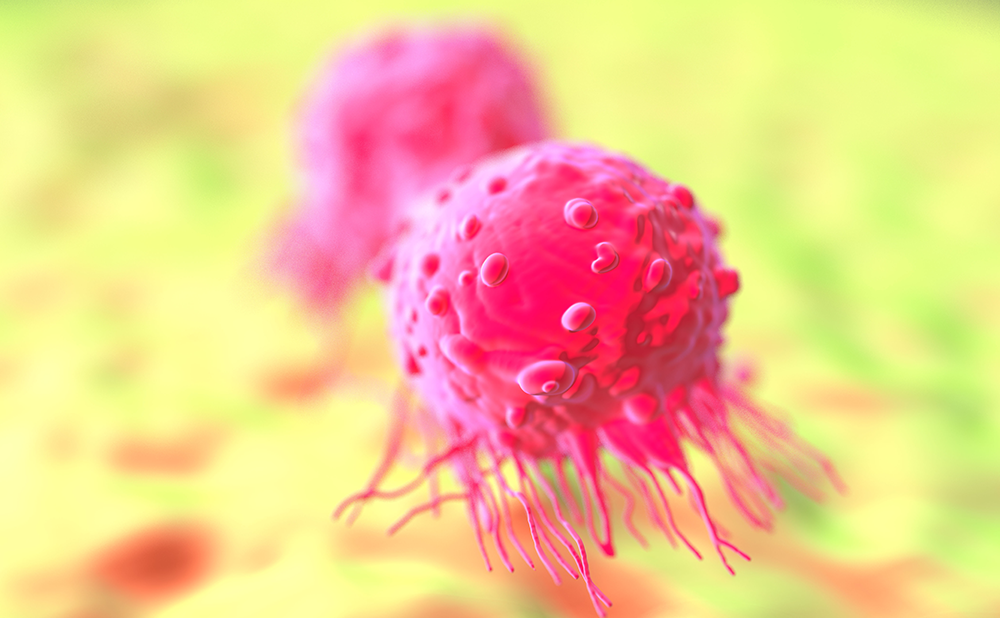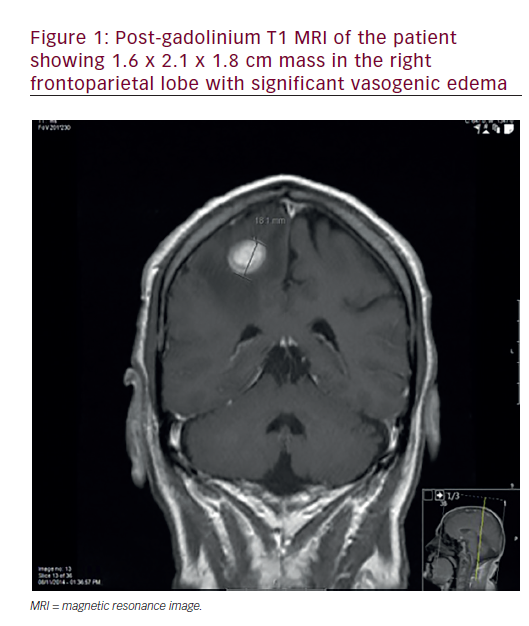The management of children with diffuse midline gliomas (DMG) and other paediatric high-grade gliomas (pHGG) continue to present one of the most difficult challenges facing paediatric oncologists, characterized by poor patient outcomes.1 Standard of care therapy, which includes a maximal safe resection where possible, followed by focal radiation therapy, has remained unchanged for decades. This therapy, however, is essentially palliative in nature, as despite all efforts, there is no known curative treatment. Temozolomide (TMZ) is an oral alkylating agent that is generally well tolerated and can be used in combination with radiation therapy and as maintenance therapy. TMZ has been shown to improve survival in adult high-grade glioma (HGG), leading to its integration into some pHGG protocols.2–4 However, its benefit in pHGG remains unclear, and its role needs re-evaluation, as there is limited evidence of survival benefit and well documented toxicity. The 2021 fifth edition of the World Health Organization (WHO) Classification of Tumors of the Central Nervous System advances the role of molecular alterations in diagnostics and tumour classification, labelling gliomas as ‘adult-type’ or ‘paediatric-type’, highlighting the fact that active treatments in the adult setting may not necessarily translate to paediatric tumours.5,6
The role of TMZ in the treatment of adult glioblastoma (GBM) was established in the seminal 2005 paper by Stupp and colleagues.4 The pivotal randomized phase III trial pitted TMZ against the standard of care radiation therapy.4 Five hundred and seventy three adult patients with GBM were randomized to receive either upfront focal radiotherapy alone or radiotherapy in combination with TMZ followed by adjuvant TMZ. Treatment with TMZ led to a median extension in overall survival (OS) of 2.5 months.4 Further analysis demonstrated an association between response and epigenetic silencing of O6-methylguanine-DNA methyltransferase (MGMT). Exposure to TMZ depletes MGMT, a DNA-repair enzyme, thereby reducing the tumour’s capacity for repair and enhancing anti-tumour activity.7,8Approximately 45% of adult patients with newly diagnosed GBM have a methylated MGMT promoter; these patients had an increased median OS of 6.4 months when treated with TMZ versus radiotherapy alone, and a 2-year OS of 46% versus 22.7%.8 The marginal improvement in OS in patients with an unmethylated MGMT promoter, indicated resistance to TMZ in this subgroup.8 Over the last 18 years TMZ has remained the standard of care for newly diagnosed adult patients with GBM and a methylated MGMT promoter.
Following the success in adult HGG, paediatric oncologists rapidly adopted the use of TMZ in pHGG, with generally disappointing results.9,10 In the ACNS0126 study, 90 patients with pHGG and 58 patients with diffuse intrinsic pontine gliomas (DIPG) received focal radiotherapy with concomitant TMZ followed by adjuvant TMZ for up to 10 cycles.9,10 This study compared outcomes with historical controls from the CCG-945 and CCG-9941 trials, which tested different chemotherapy regimens in pHGG.9,10 Results following TMZ treatment were inferior to the outcomes achieved in the historical trials. The 3-year event-free survival (EFS) of patients with GBM was 7±4% compared with 15±5% in the CCG-945 historical control trial. In patients with anaplastic astrocytoma (AA), EFS was 13±6% compared with 22±5.5% in the CCG-945 historical control trial.9 MGMT overexpression was identified in 31% of pHGG, with a 2-year EFS of 17% in patients with methylated MGMT and 5% in those with unmethylated MGMT.9 Within the DIPG cohort, the 1-year EFS was 14±4.5% compared with the 21.9±5% in the historical CCG-9941 control trial.10 It’s possible that the inferior outcomes seen with TMZ are related to improved stratification of patients, with higher risk patients enrolled in more recent studies compared with historical controls.9,10 Ultimately however, this study failed to validate findings from the adult setting and showed no meaningful benefit of TMZ treatment in pHGG.
Similarly, single-arm studies of TMZ and radiation therapy in patients with DIPG showed no evidence of improvement versus standard of care with radiation therapy alone.11 Importantly, DIPG are now recognized to be molecularly distinct from both adult HGG and other non-midline pHGG. The histone mutation H3K27M is now recognized as the key driver in the majority of DIPG and other DMGs in the paediatric setting. DIPGs have been shown to have almost universally unmethylated MGMT promoters and it is now well recognized that TMZ has no role in the treatment of this disease.12 While the HIT-HGG-2007 study (ISRCTN registry identifier: ISRCTN19852453) showed non-inferiority of TMZ treatment compared with historical controls, final results have not yet been published.13 Multiple attempts have also been made to combine TMZ with other chemotherapy agents to try to improve survival in patients with pHGG. In the ACNS0432 trial, 108 eligible patients with pHGG received focal radiotherapy with concomitant TMZ (followed by adjuvant TMZ and lomustine).14 This single-arm study did not demonstrate an improvement in 1-year EFS, compared with CCG-945 as a historical control trial.14 A secondary analysis against the ACNS0126 cohort showed improved EFS and OS; however, when the sub-cohorts were defined by histology, neither the GBM nor the AA group showed improvement in survival.14
It is important to note that while generally well tolerated, TMZ does have well-documented toxicities. Haematological toxicity is common, with resultant immunosuppression and risk of opportunistic infection. In the phase III adult GBM trial, 11% of patients discontinued TMZ due to toxic effects. In addition, grade 3–4 haematologic toxicity was seen in 7–14% of patients.4 In the paediatric setting in the ACNS0126 trial, grade 3–4 haematological toxicity occurred in up to 47% of participants.9,10 In UK and French studies of TMZ in pHGG, two toxic deaths occurred from neutropenic infection with minimal therapeutic activity seen overall.15 While this side effect profile is considered tolerable in patients achieving a therapeutic benefit, the risk–benefit ratio needs to be carefully considered in the paediatric population, where hospital admissions for infective complications and transfusions can significantly impact quality of life.
While children with MGMT promoter methylated tumours do have marginally improved survival, this has not been demonstrated to be due to sensitivity to TMZ.16 Additionally, MGMT promoter methylation is seen in only one-quarter of paediatric GBM, almost entirely in the IDH1-mutant and G34-mutant subgroups.16 Our understanding of the biology of pHGG has expanded exponentially over the last two decades and ‘adult-type’ or ‘paediatric-type’ high-grade gliomas have disparate molecular drivers.5 It is therefore unsurprising that a successful therapy in adult GBM does not directly translate to pHGG. International attention has turned to experimental agents targeting the molecular drivers in pHGG as well as immunotherapeutic approaches. Three out of the first four patients treated in Stanford with GD2-directed chimeric antigen receptor (CAR)-T cells demonstrated clinical and radiographic improvement, and there are multiple international trials ongoing in this promising space.17 In infants with HGG, for whom radiation-sparing techniques are paramount, molecular studies have identified a high frequency of targetable fusions. For example, neurotrophic tropomyosin receptor kinase (NTRK) fusions are highly targetable, and tropomyosin receptor kinase inhibitors such as larotrectinib and entrectinib have been shown to penetrate the blood–brain barrier with good clinical outcomes.18,19 Additionally, other novel agents with improved blood–brain barrier penetration are being investigated. Avapritinib, a platelet-derived growth factor receptor alpha (PDGFRA)/KIT tyrosine kinase inhibitor, is currently being tested in a clinical trial following case reports of efficacy (including complete response) in pHGG.20 The dopamine receptor D2 (DRD2) antagonist ONC201 is currently being investigated in two randomized trials for DIPG (ClinicalTrials.gov identifier: NCT05476939) and DMG (ClinicalTrials.gov Identifier: NCT05580562).21,22
TMZ has now been investigated for more than 15 years in pHGG without demonstrating efficacy, as multiple clinical trials have failed to yield favourable results. We argue that it is time for the paediatric neuro-oncology community to reconsider the use of this agent in pHGG, as there is limited evidence of survival benefit and well-documented toxicity. pHGG remains an incurable disease and patients should routinely be offered experimental therapies as the standard of care, above radiation therapy alone. There are currently over 70 active trials for pHGG registered on the National Library of Medicine’s online database and these should be prioritized alongside an intense preclinical effort. Where clinical trials are not available maximal surgical resection followed by treatment with radiation therapy and TMZ remains a reasonable and safe therapeutic option. However, given that our understanding of the genomic landscape of pHGG has changed dramatically since 2005, our efforts need to focus on developing more experimental options and ultimately finding a more effective standard of care.







